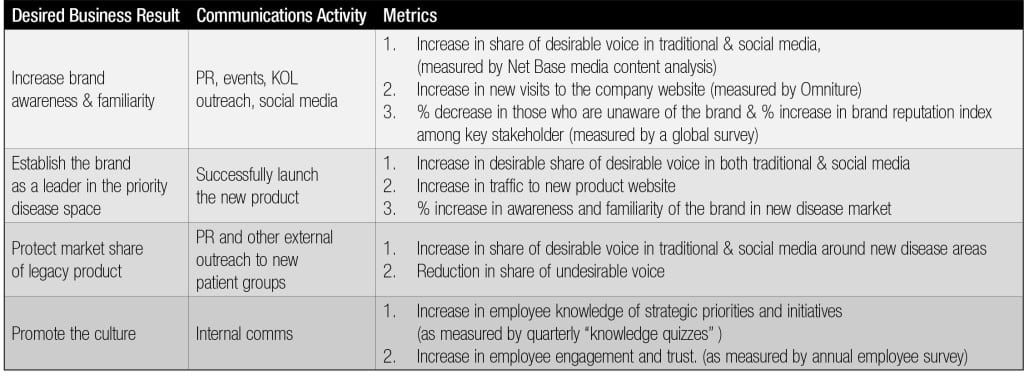
Depending on your perspective, the Barcelona Principles are either a total flop, because 66 percent of PR professionals haven’t a clue what they are—according to a 2014 PR News survey of 145 PR pros—or a huge success since 26 percent of senior professionals are using them. The truth lies somewhere in between. Here’s the reality: Four major, highly visible organizations, McDonald’s, General Motors, General Electric and Southwest Airlines, have committed to and are implementing them. Another 105 organizations have pledged to support them. They are doing this not because an industry coalition told them to do so; they don’t believe the metrics they’ve been using for a decade are valid in today’s environment. They’re sick of paying for PR measurement reports that lack insight. [To read the Barcelona Principles, please see: instituteforpr.org/the-barcelona-declaration-of-research-principles/]
Take the case of the Atlantic City Alliance, the marketing arm of the famous boardwalk. It was founded in 2013, knowing that casino closings were on the horizon and the city needed to attract more non-gaming visitors. The PR team was using AVEs (Ad-Value Equivalency) but wanted more meaningful metrics.
OPTIMAL CONTENT
An initial discussion led to a consensus about PR’s role in the visitor’s path to purchase. PR would spread the word that Atlantic City was: “more than just gambling;” a “fun place to go with friends;” and “the entertainment capital of the Jersey Shore.” Those messages would increase the likelihood of nongaming visits.
To measure the PR program’s quality, an “Optimal Content Score” (OCS) was developed that weighted media coverage based on its content.
The more that key elements would likely influence people to visit the area, based on research—desirable visuals, key messages and recommendations—the higher the rating. If the item contained the opposite—undesirable messages—points were subtracted.
Quarterly surveys of key stakeholders measured whether the messages had been heard, either via earned, paid or social media, and whether they increased the likelihood of visits.
Traffic to www.atlanticcitynj.com was accepted as a proxy for actual visits, and the OCS score was found to highly correlate to website visits.
Two years later, the metrics proved the value of PR in the face of huge budget cuts. A comparison of cost effectiveness between an expensive advertising campaign and PR showed PR as the clear winner. As a result, despite huge budget cutbacks the PR program remains intact.
A SINGLE DASHBOARD
Then there’s the case of a large drug company in which the new manager of measurement, Mary Miller, was greeted with 30 separate measurement reports that were costing her organization nearly $1 million a year.
Using the four strategic priorities her boss had set out for the Brand and Public Affairs department, Miller mapped out the connections between the communications department and business results ( see below).
Now, instead of puzzlingly through 30 meaningless reports, there is a single dashboard and a source of truth when it comes to judging success.
Another example: For a large nonprofit the challenge wasn’t just dumping AVEs, but refining expectations of what PR was actually supposed to do. “Eliminating polio from the planet” was the stated goal, but the debate was: How does communications help make that happen?
The communications team agreed that its role was to raise awareness for the cause, attract new donors and expand the member base. Unfortunately, membership and revenue data weren’t available.
After much discussion it agreed that unique sessions for the “Join” and “Volunteer” pages—combined with sessions of the post-donation “Thank You” page—should be an acceptable metric, along with share of voice relative to the companies competing for share of wallet.
By braiding media data and Web analytics, the team was able to show the relative effectiveness of social outreach compared with events and media relations, against the organization’s overall goals.
CONTACT:
Katie Paine is CEO of Paine Publishing. She can be reached at [email protected]
This article originally appeared in the April 20, 2015 issue of PR News. Read more subscriber-only content by becoming a PR News subscriber today.


Too bad you got it so wrong. Those companies signed on to test measurement standards, not the Barcelona Principles. A good researcher always checks their facts first.